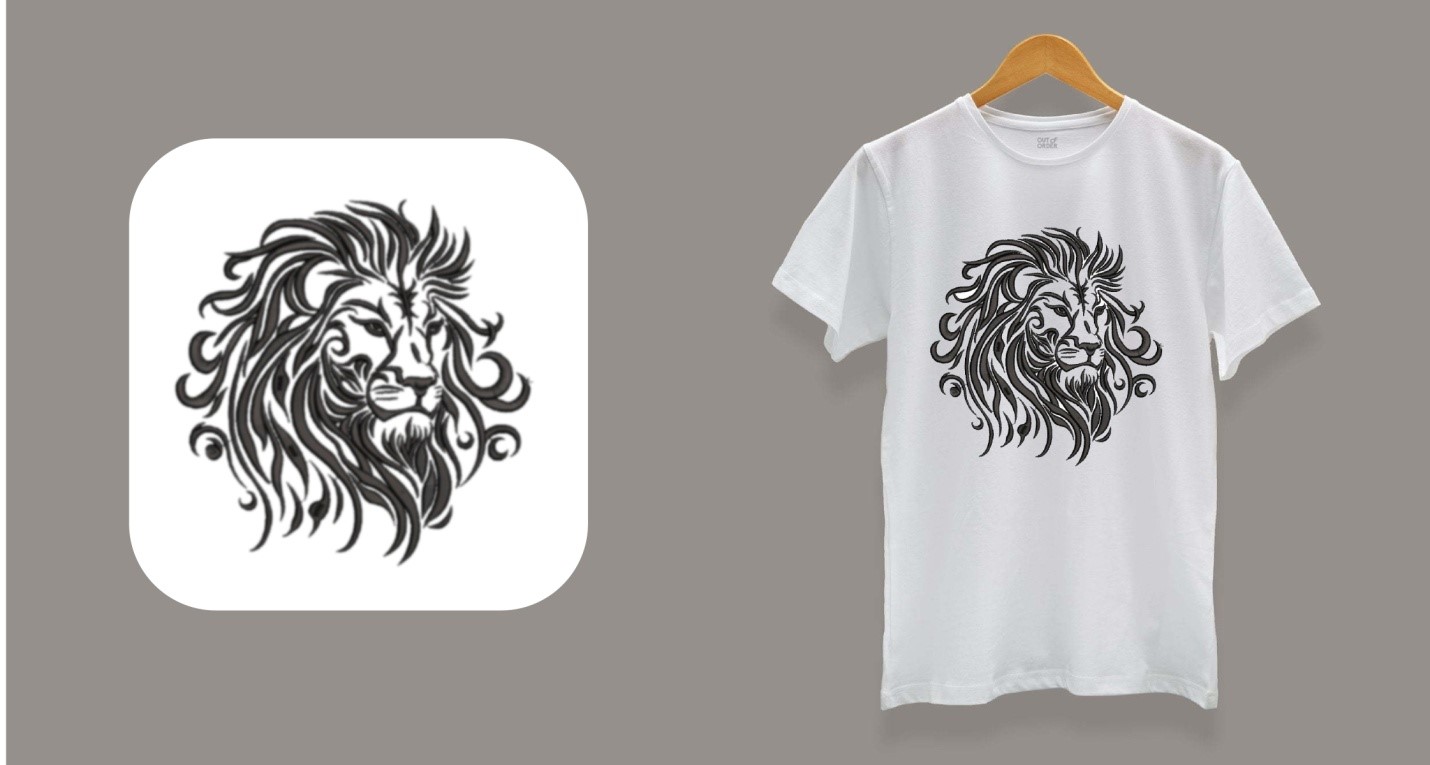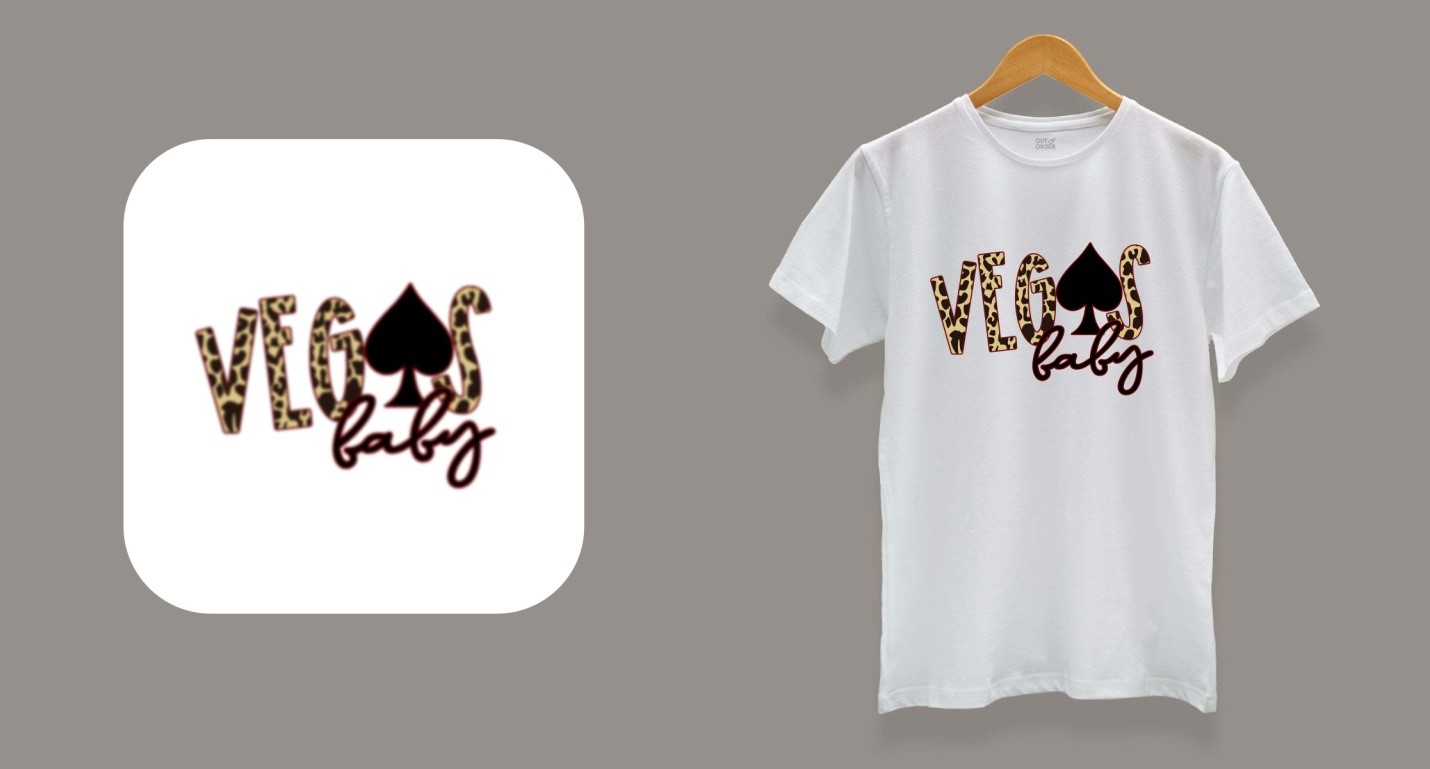Embroidery allows you to create beautiful, permanent designs that are sewn onto garments and other items, adding an excellent decoration to make your products captivating to potential customers. But the process of creating an embroidered design is no easy task.
What does digitized mean for embroidery?
The process of digitized embroidery is complex. It involves numerous steps, which need to be followed to the precision. A company providing embroidery digitizing services first takes the piece of original artwork or logo which is required to be embroidered on the promotional merchandise. The artwork or logo is converted into a stitch guide file using digitizing embroidery software. The stitch guide file is then used by the embroidery machine for creating the final embroidery. This process of converting the artwork into a stitch file which is read by an embroidery machine and interpreted in the form of different stitches on cloth, is known as digitized embroidery. Businesses can have their company logos, mascots, slogans etc. embroidered on various products for promotional purpose.
many companies prefer outsourcing embroidery digitizing, logo digitizing, and other such artworks. Want to know why?
- Budget-friendly:
We all know that digitized embroidery is less expensive and takes less time than hand embroidery. An in-house designer demands a salary, perks, and incentives for the labor he/she does since, embroidery digitizing is one of the leading skills in the market, the professionals of this industry ask for high salaries. But if you opt to outsource your embroidery digitizing needs, you can save a substantial amount of money as the labor cost is not incurred this way. Because competition in the embroidery digitized services sector is fierce, the best companies are prepared to offer high-quality digitized embroidery services at reasonable prices.
2. Time Savings
At the same time, you won’t need to spend time and effort learning everything about embroidery digitizing becausedigitizing the embroidery is a complex process. It is time consuming to get embroidery digitized and then get it embroidered on the final product. If you outsource the embroidery digitizing services, you can
Have more time on hand to focus on your business and its marketing needs.
3. Take your company to new heights:
If you outsource your digitized embroidery needs to a professional company, you will be able to maintain a good balance of their technical skills and your resource. This will help push your business and help it to scale new heights.
4. Superior Technical knowledge and skills
An experienced professional digitized embroidery services provider will have excellent technical knowledge and skills. Their superior skills can help in creating the best designs and create perfect final products, which will in return help in boosting your promotions and sales.
5. Expenses for overhead:
Having an in-house digitized embroiderer may not be feasible because you will need to pay fixed salaries, provide benefits, and so on. You won’t have to worry about any overhead costs if you use an outsourced service provider. You only need to pay for the services you use. These cost savings would be extremely beneficial to your company’s growth.
As a result, we can conclude that outsourcing embroidery digitizing services is advantageous to a company’s growth and success.


